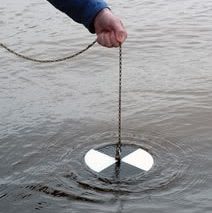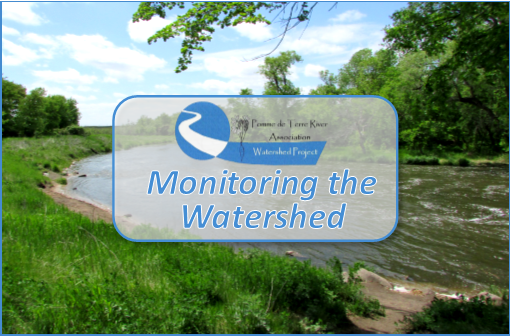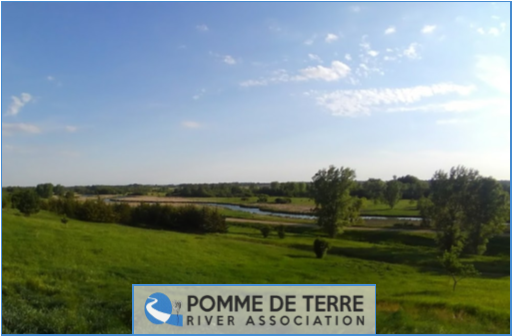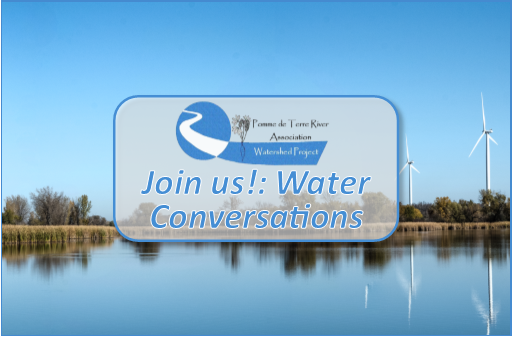The Pomme de Terre River Association’s Seasonal Technician, Nicole, is well into the 2017 field season. Nicole hit the ground running this past May monitoring 30+ sites including lakes, stretches of the Pomme de Terre River, and tributaries to the PdT to investigate the health of our waters. These efforts are part of a two-year intensive monitoring cycle that that will help determine the overall health of our local waters. Data collected from this (and next) season will be incorporated into a Watershed Restoration and Protection Strategy (WRAPS) report. The WRAPS summarize the current conditions of the watershed and includes restoration and protection strategies for the Pomme de Terre for the next 10 years. The first WRAPS for the Pomme de Terre was completed in 2007.
Of course, the Association is not alone. Other entities such as the MN Pollution Control Agency (MPCA), the Department of Natural Resources (DNR), and other various non-governmental organizations are busy collecting information on Stream and Lake Chemistry, Biology, and Geomorphology that will be incorporated in the upcoming WRAPS report for the Pomme de Terre watershed.
Out in the field Nicole monitors and collects data using a field sonde to record temperature, pH, dissolved oxygen, and specific conductivity. In order to test for Turbidity (water clarity), Nicole uses a secchi disk, for lakes, or a secchi tube, for streams. Samples for Phosphorus, Nitrogen, E.Coli, and other chemical parameters of interest are collected and sent to an environmental laboratory to be analyzed.


Monitoring water quality is an important part of future management and prioritization to help protect our waterways from excessive degradation. Water quality is not only important to aquatic life, but also to recreation, economics, agriculture, and human health and safety. The more we know about our waters the better we will be able to recognize,improve, and protect them.
More information on how nutrients and turbidity affect water quality can be found here:
Nutrients: Phosphorus, Nitrogen Sources, Impact on Water Quality




